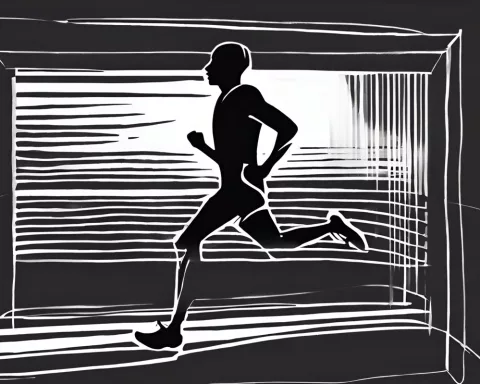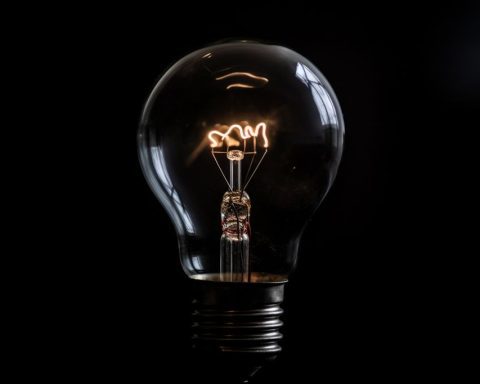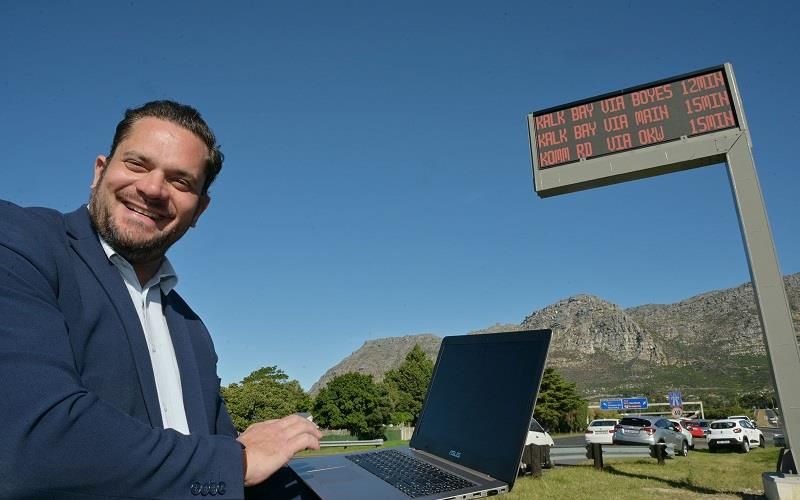The ongoing bail hearing for five of the eight accused in the Thabo Bester case has provided further insight into the elaborate prison escape plot that involved a decoy body, a fake funeral, and bribes.
The Accused
The accused include former Mangaung prison employees Senohe Matsoara, Monteyani Masukela, Tieho Makhotsa, Nastassja Jansen, and Teboho Lipholo, an ex-employee of CCTV service provider Integration Security Solutions.
The Plan
During the hearing, police officer Tieho Jobo Flyman testified about smuggling a decoy body into Mangaung prison and exchanging money before and after the escape. The plan began on April 27, 2022, when Zolile Sekeleni, the father of Bester’s partner Nandipha Magudumana, rented a car from OR Tambo airport. This vehicle was then used to transport a corpse from National Hospital in Bloemfontein to the prison on April 29.
The Fake Funeral
Magudumana claimed the body, stating that it belonged to the child of an acquaintance’s brother and that she was helping arrange the funeral. However, Flyman revealed that a fake funeral took place, and upon later exhumation, the coffin was found to contain three 10kg sacks of maize meal.
The Smuggling
The corpse was smuggled into the prison disguised inside a TV cabinet, which should have been searched by the staff at the entrance but was not. The following day, Lipholo moved the body in a wheelie bin to the prison yard and got the corpse into Bester’s cell.
The Fire
On the night of the fire, supervisor Senohe Matsoara did not extinguish the fire when he arrived at the cell around 3 am. However, other officials eventually put out the fire, and a corpse was found, assumed to be Bester, who had allegedly committed suicide.
The Bribe
CCTV technician Teboho Lipholo provided essential information to the police, confirming that Bester escaped while dressed in a prison warden uniform. He also revealed that Matsoara had promised him a bribe of R2.5-million, although only R40,000 was paid.
The Decoy
The police claimed that the corpse used as a decoy was Katlego Bereng, a man found collapsed at a taxi rank in Bloemfontein. He was taken to the hospital, where he died during resuscitation. DNA results confirmed his identity on April 21, 2023.
The Bail Hearing
Flyman argued that the accused should remain in custody, citing risks of community unrest and harm to witnesses who contributed to the investigation. The hearing is scheduled to continue on Tuesday, May 16.
The Larger Criminal Network
In addition to the escape plot, several other aspects of the case have come to light. Investigations revealed that Bester was part of a more extensive criminal network, which included prison officials and other parties. The network had been involved in various crimes, such as extortion, kidnapping, and murder. It is believed that individuals at the top levels of this criminal network masterminded the escape plan.
Corruption in the Correctional System
The involvement of prison personnel in the escape plot highlights the issue of corruption within the South African correctional system. The ease with which the decoy body was smuggled into the prison and the acceptance of bribes by officials is indicative of a corrupt system that requires significant reform.
The Thabo Bester case has captured the attention of the public, as it not only sheds light on the intricate prison escape plot but also raises questions about the effectiveness of the South African correctional system in preventing such incidents. However, as the case unfolds, it remains to be seen what further details will emerge, and what measures will be taken to address the corruption within the system.












